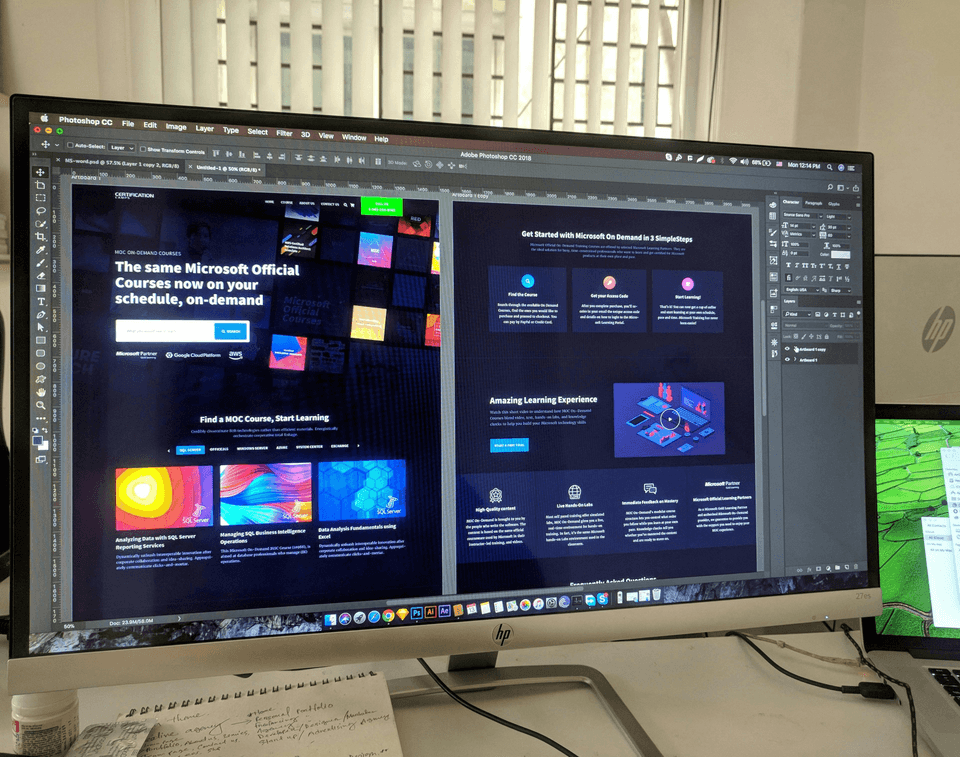A Complete Guide To The Jamstack And React E-Commerce

The Jamstack and React e-commerce are two powerful tools that can help businesses create fast, secure, and scalable online stores. In this complete guide, we will explore what the Jamstack is, how React fits into the equation, and how you can leverage these technologies to build a successful e-commerce website
What is the Jamstack?
The Jamstack is a modern web development architecture that stands for JavaScript, APIs, and Markup. It is a way of building websites that decouples the frontend and backend, allowing for greater flexibility, performance, and security. With the Jamstack, websites are pre-built and served as static files, which can be cached and delivered quickly to users around the world.
One of the key benefits of the Jamstack is its ability to scale effortlessly. By serving pre-built static files, websites can handle large amounts of traffic without slowing down or crashing. This makes the Jamstack ideal for e-commerce websites that need to handle a high volume of transactions and visitors.
How does React fit into the Jamstack?
React is a popular JavaScript library for building user interfaces. It allows developers to create dynamic, interactive web applications with ease. When combined with the Jamstack, React can be used to create a frontend that communicates with APIs to fetch data and handle user interactions.
React is a great choice for e-commerce websites because it allows for the creation of a highly engaging and responsive user experience. With React, you can create product pages, shopping carts, and checkout processes that are fast and intuitive, leading to higher conversion rates and customer satisfaction.
How to build an e-commerce website with the Jamstack and React
To build an e-commerce website with the Jamstack and React, you will need to follow these steps:
- Choose a Jamstack platform: There are many Jamstack platforms available, such as Netlify, Vercel, and Gatsby Cloud. These platforms provide tools and services for building, deploying, and hosting Jamstack websites.
- Set up a backend: While the Jamstack decouples the frontend and backend, you will still need a backend to handle things like user authentication, product inventory, and payment processing. You can use services like Strapi, Contentful, or Shopify to manage your backend data.
- Design your frontend: Use React to create a beautiful and intuitive frontend for your e-commerce website. You can use libraries like React Router for navigation, React Query for data fetching, and Styled Components for styling.
- Integrate with APIs: Use APIs to fetch data from your backend and display it on your frontend. You can use REST APIs, GraphQL APIs, or serverless functions to communicate between your frontend and backend.
- Optimize for performance: With the Jamstack, performance is key. Make sure to optimize your website for speed by minifying and compressing your files, lazy loading images, and using a content delivery network (CDN) to cache your static files.
- Test and launch: Before launching your e-commerce website, make sure to test it thoroughly for bugs and performance issues. Once you are confident in your website, deploy it to your chosen Jamstack platform and start selling your products online.
In conclusion, the Jamstack and React are powerful tools for building e-commerce websites that are fast, secure, and scalable. By following the steps outlined in this guide, you can create a successful online store that provides a great user experience and drives sales. So, what are you waiting for? Start building your Jamstack and React e-commerce website today!